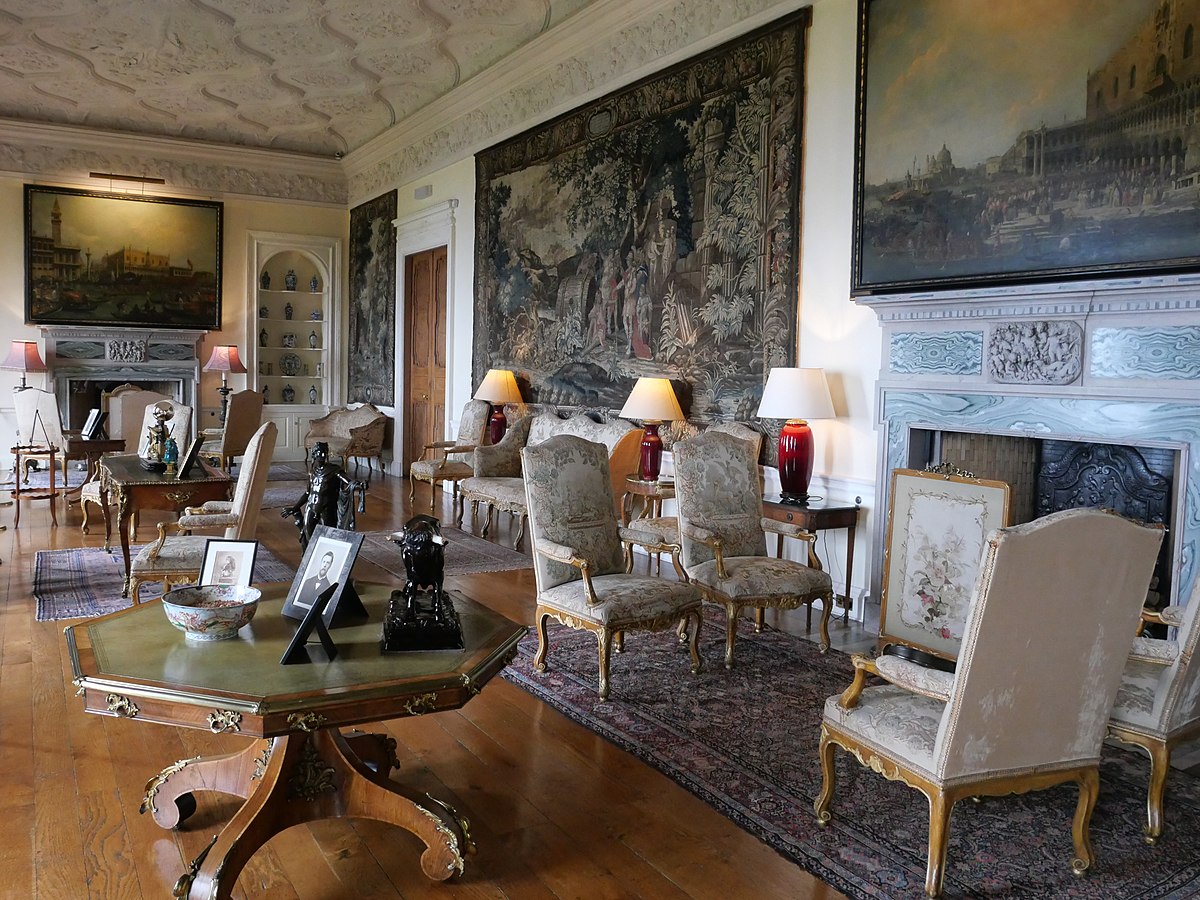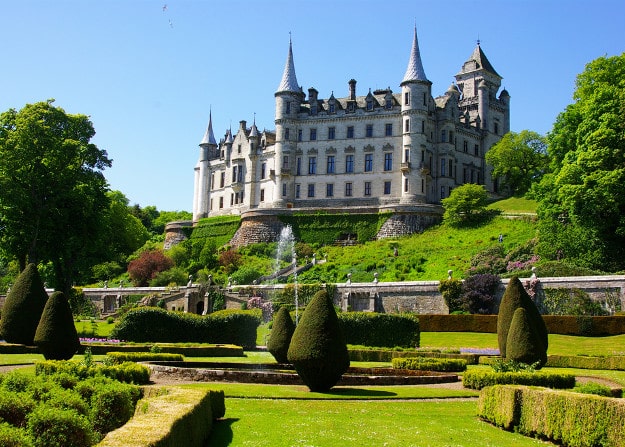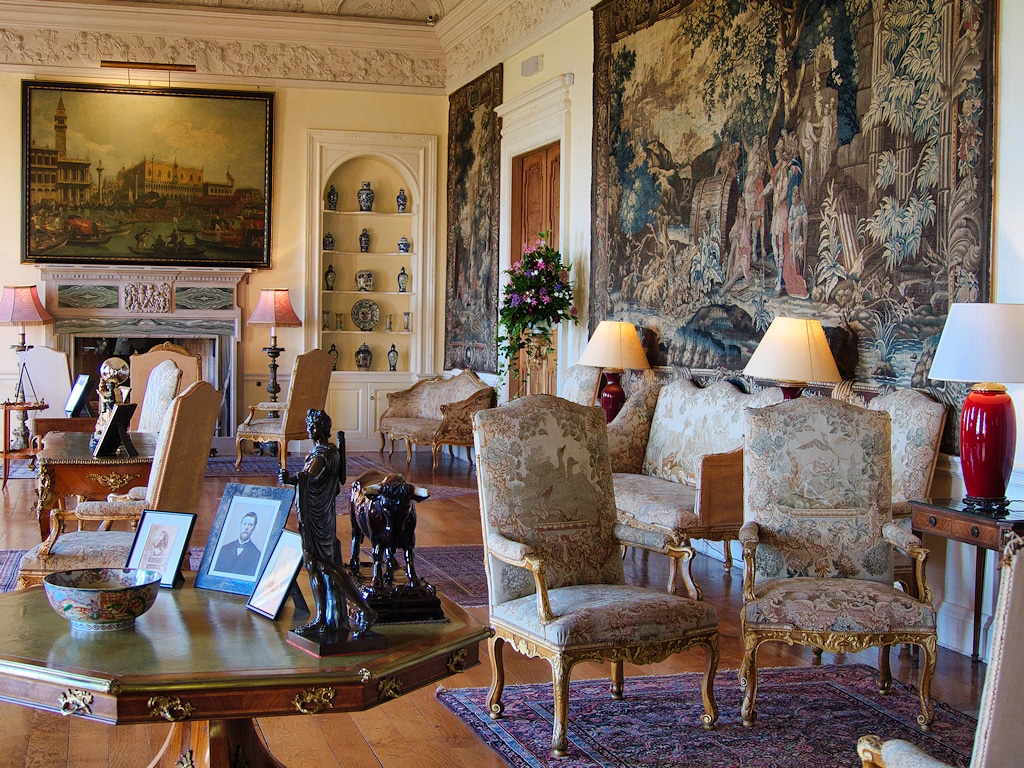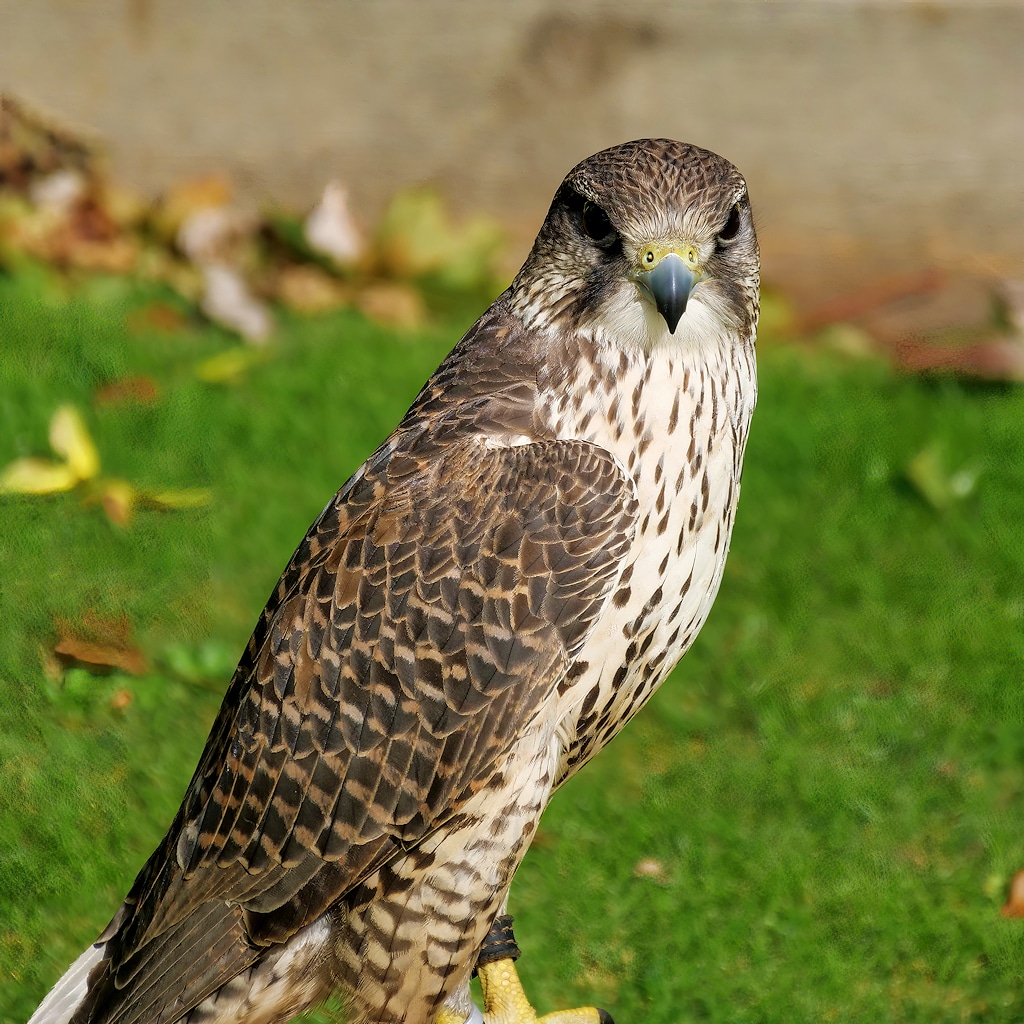One of Scotland’s great houses can be found nestled along the east coast of the Scottish Highlands. Dunrobin Castle and Gardens has been the home for the Dukes of Sutherland for over 600 years and claims the title of being one of Britain’s oldest continuously inhabited castles as well as the most northern of the great Castles.
For a castle built in the early 1300s, the very first time you set eyes on this magnificent castle is jaw-dropping. The beautiful French château has gorgeous towering conical spires, brilliant white paint, and luscious gardens all around it. And hidden between the corridors and gardens of the castle are many hidden attractions for visitors to treat themselves with – we’ll be covering all you need to know right here.
The next time you find yourself near Brora or the northern Highlands, Dunrobin Castle and Gardens is one of the top castle attractions you can enjoy. We’ll be covering the history of the castle, how to get there & details to know, and the top things to do and see.
History of Dunrobin Castle
Dunrobin Castle’s origins began when the Earldom of Sutherland was created in 1255 for Hugh’s son, William. It is said that Dunrobin Castle was built atop an iron yett, first mentioned in historical records in 1401. These early records of Dunrobin Castle had towering walls, with stone vaults and timber supports. Dunrobin Castle was said to be named after Robert Sutherland, 6th Earl of Sutherland.
Dunrobin Castle in the 1500s
After the Gordon family were made the Earls of Huntly in 1445 by famed Robert the Bruce. After the 8th Earl of Sutherland passed away, the title was brought to Adam Gordon in 1512. Six years later, however, during the absence of Adam Gordon the castle was taken over by Alexander Sutherland. In an attack of revenge, Adam Gordon took the castle back and placed Sutherland’s head on a spike outside the castle.
Thankfully, there were only a few skirmishes like this throughout the 1500s and 1600s, and for most of the time until the Jacobite Rising, the castle was expanded upon including a courtyard.
Jacobite Rising
As Scotland experienced the Jacobite Rising in 1745, Dunrobin Castle was stormed by Charles Edward Stuart without any warning. Clan Sutherland offered support in aid of the British Government at the time, and it was during this time that the Earl of Sutherland changed their name from Gordon to Sutherland and escaped through the backdoor of the castle during the raid. The Sutherland family joined the Duke of Cumberland’s army in Aberdeen.
Once the Risings were quelled, Sir Charles Barry remodelled the castle and garden between 1835 and 1850. Sir Barry drew on architectural influences in the Scottish Baronial style and was a famous architect having designed London’s houses like the Palace of Westminster. This 19th-century addition covers the 14th, 17th and 18th century.
First World War
During the First World War, Dunrobin Castle was used as a naval hospital thanks to its proximity to the Scottish coastline and North Sea. Fire damage during the World War damaged much of the additions made by Sir Barry, which were renovated following the end of the war by Sir Robert Lorimer.
Between 1965 and 1972, the lavish home became a boys boarding school for at least 40 students and five teachers. Finally, in 1973, the stunning castle was opened to the public and has been a prominent attraction ever since!
How to Get There & Details to Know
Interested in coming to see the most northerly of Scotland’s Great Castles? Here are the essential details to know and how to get there.
Entry costs for Dunrobin Castle are £14 for adults, £9, and £12 for seniors and students. There are several family packages for you to opt in to as well. The entry fees include entrance to the castle, the gardens, and the falconry show.
Dunrobin Castle is opening times from 10:00 – 16:00 (last entry at 17:15), although if you want to attend the Falcon shows then make sure to visit between 11:30 – 14:30. The Falcon Displays are between April – October.
How to Get There by Car
Inverness is the closest city to Dunrobin Castle and is reachable within just over an hour. By car, turn right onto the A9 until you reach E Gate Lodge. You’ll be driving for about an hour, and eventually, you’ll see the sign leading you to Dunrobin Castle.
How to Get There by Transit
Dunrobin Castle is also accessible via public transportation. From Inverness, walk to Bus Stance 3 and grab the bus to Thurso. There are 16 stops you need to stop by until you reach the Dunrobin Station. From there, Dunrobin Castle and Gardens are a 6-minute walk away from the station.
Attractions at Dunrobin Castle
Once you’ve managed to reach the castle, there are numerous attractions that the oldest continuously inhabited houses in Britain have that you can’t miss out on – here are the top ones to keep an eye out for.
Explore Dunrobin’s Interior

From the entrance hall to the dining room and drawing room, Dunrobin Castle’s interior has beautiful period furnishings and architecture that date from the 14th century right up to the 19th century. The architectural influences include stunning Scottish Baronial stylings, created by the famed Scottish architect Sir Robert Lorimer.
The French chateâu has plenty to look forward to, with markers and informative panels spaced through Dunrobin Castle that illustrate the history of the Sutherland family home. There aren’t any guided tours of Dunrobin Castle, but the museum exhibits are more than enough to understand over seven hundred years of Scottish history.
Take a Walk Through the Beautiful Gardens

The beautiful formal garden that surrounds Dunrobin Castle is stunning to behold, with the Northern Highlands overlooking the North Sea and beyond. The Castle Garden includes magnificent French architecture, which Sir Charles Barry based on the Palace of Versailles.
Botanists and plant lovers will have a lot to look forward to when it comes to the gardens of Dunrobin, and the Northern Highlands don’t limit the diversity of flowers, trees, and flora that the gardens hold. There’s nothing quite like taking a summer’s day stroll through the bountiful landscape surrounding Dunrobin.
Shop for Souvenirs at the Gift Shop
For those looking to take a piece of Dunrobin Castle home with them, paying a visit to the Dunrobin Gift Shop should be at the very top of your to-do list. You can find an expansive collection of Scottish woollen scarves, handbags, hats, and so much more!
Whether it’s for you or your friends and family who couldn’t make the trip here, taking home a souvenir from the Dunrobin Gift Shop is an excellent way to remember your trip.
Drink some Tea at the Tea Room

For those craving a little something to eat or drink, the Dunrobin Tea Room is the place to be! Try some of the very best hearty meals, sandwiches, homemade cakes, pastries, and of course tea! Best of all, during the hot summer months you can even enjoy a delicious ice cream!
There’s no better place to stop by for a bite to eat and drink than Dunrobin.
Attend the Falconry Show

The ancient sport of falconry is alive and well at the home of the Earl of Sutherland. You can see the spectacular shows at Dunrobin Castle while learning about the regal birds, the history of the past time, and various hunting methods.
When you visit Dunrobin Castle, the Falconry Show is one of the best attractions to stop by and see.
More Scottish Castles to Visit
- Aberdour Castle
- Balmoral Castle
- Balvenie Castle
- Blackness Castle
- Blair Castle
- Brodick Castle
- Caerlaverock Castle
- Castle Campbell
- Castle Menzies
- Cawdor Castle
- Corgarff Castle
- Culzean Castle and Country Park
- Dirleton Castle
- Doune Castle
- Drumlanrig Castle
- Duart Castle
- Dumbarton Castle
- Dunnottar Castle
- Dunstaffnage Castle
- Dunvegan Castle
- Edinburgh Castle
- Eilean Donan Castle
- Fyvie Castle
- Glamis Castle
- Huntly Castle
- Inveraray Castle
- Kellie Castle
- Kilchurn Castle
- Lochleven Castle
- Muness Castle
- Ravenscraig Castle
- Scalloway Castle
- St Andrews Castle and Cathedral
- Stirling Castle
- Tantallon Castle
- Thirlestane Castle
- Threave Castle
- Urquhart


